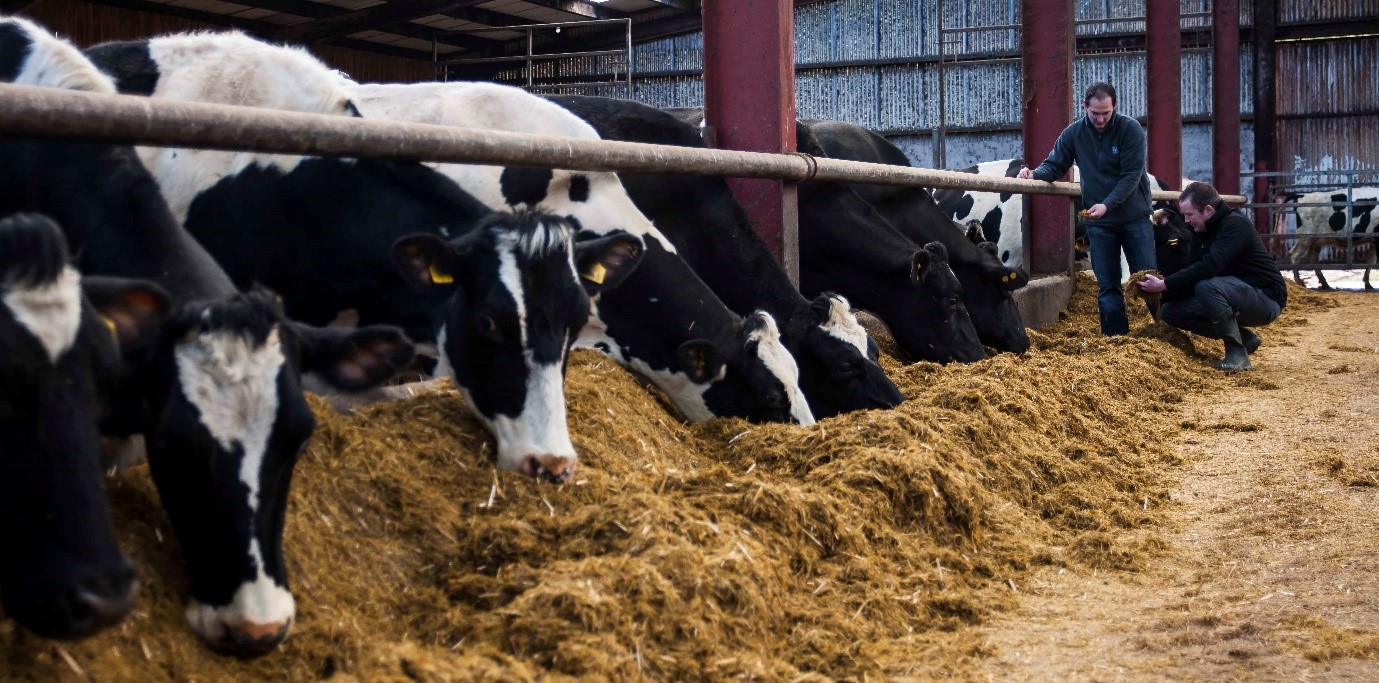In summer, most farms should have already assessed their silage stocks for the coming winter. If not, now is the time to do so. Assessing forage stocks is a relatively simple task and takes the guesswork out of feed availability for the coming year. There are numerous fodder calculators available online which are of use. Alternatively, the following can be used.
Measuring fodder stocks
Silage pit
- Multiply length x width x height = volume (m3)
- Divide volume by 1.5 = tonnes equivalent at 28% DM (for 22% DM silage divide the volume by 1.35)
Silage bales
- An 800 kg fresh-weight bale, is equivalent to approximately 200 kg DM
Animal requirements
In order to calculate the requirement for your farm over the winter, firstly you need to identify how many months you are likely to feed silage for. Then, add in another four to six weeks to allow for a reserve if we get a longer-than-usual winter.
Table 1 below indicates the typical silage requirements of different classes of animals per month over the winter period. To make use of this table to calculate the requirement for your farm, use the following formula.
A x B x C = D
For example, to calculate the feed requirement in a 55 dairy cow herd for 3 months;
1.6 x 55 dairy cows x 3 months = 264 tonnes
+ additional 1.5 months buffer = 132 tonnes
Total required = 396 tonnes
Table 1
Typical silage requirements according to animal type on a monthly basis over the winter period.
Animal type | APit silage required | BNo. of stock | CNumber of months | DFeed required (tonnes) |
| Dairy Cow | 1.6 | 55 | 3 + 1.5 | 396 |
| Suckler Cow | 1.4 | |||
| 0-1 year old | 0.7 | |||
| 1-2 year old | 1.3 | |||
| 2+ year old | 1.3 | |||
| Ewe | 0.15 | |||
| Total feed required | 396 |
Identify the difference between what you have in pit/bales, versus what the requirements for your farm are and, if necessary, take steps to overcome the shortfall.

Ask a Germinal grassland expert
